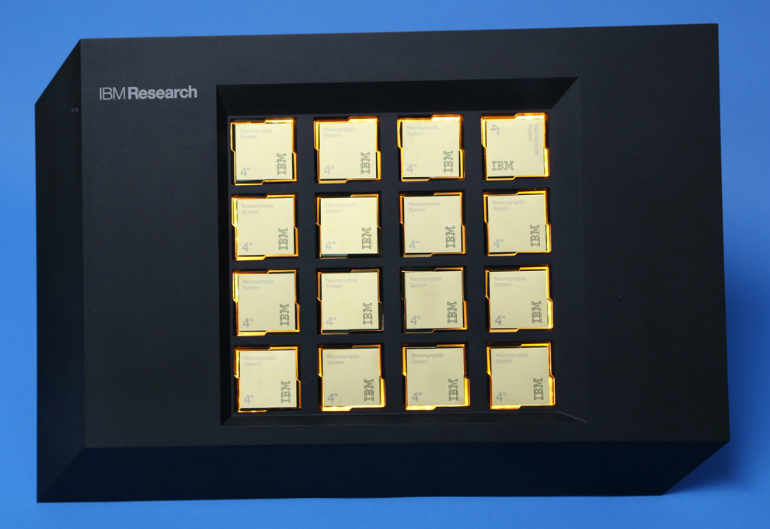The human brain is an amazing feat of wiring, which is why more companies are looking to use it as the model for building a supercomputer.
American security agencies are looking to neuromorphic computing for complex cognitive tasks, such as pattern recognition and integrated sensory processing.
The Lawrence Livermore National Laboratory (LLNL) is using IBM’s TrueNorth neurosynaptic computer chips to create a system capable of processing the equivalent of 16 million neurons and four billion synapses while consuming just 2.5 W of power, the energy equivalent of a tablet computer.
A single TrueNorth processor consists of 5.4 billion transistors wired together to create an array of one million digital neurons that communicate with one another via 256 million electrical synapses. It can deliver 46 giga synaptic operations per second.
LLNL is receiving a 16-chip TrueNorth system plus an end-to-end ecosystem to help create and program energy-efficient machines that mimic the brain’s abilities for perception, action and cognition. The ecosystem consists of a simulator; a programming language; an integrated programming environment; a library of algorithms as well as applications; firmware; tools for composing neural networks for deep learning; a teaching curriculum; and cloud enablement.
“Neuromorphic computing opens very exciting new possibilities and is consistent with what we see as the future of the high performance computing and simulation at the heart of our national security missions,” said LLNL’s Jim Brase. “The potential capabilities neuromorphic computing represents and the machine intelligence that these will enable will change how we do science.”
LLNL will collaborate with IBM Research, the US Department of Energy, and universities to expand the frontiers of neurosynaptic architecture, system design, algorithms and software ecosystem.
“The delivery of this advanced computing platform represents a major milestone as we enter
the next era of cognitive computing,” said Dharmendra S. Modha, IBM’s chief scientist for brain-inspired computing.
“We value our relationships with the national labs. In fact, prior to design and fabrication, we simulated the IBM TrueNorth processor using LLNL’s Sequoia supercomputer.”
